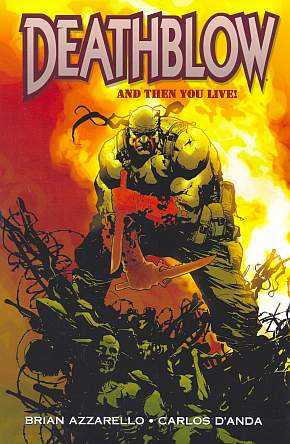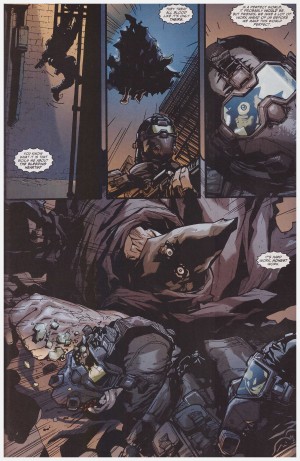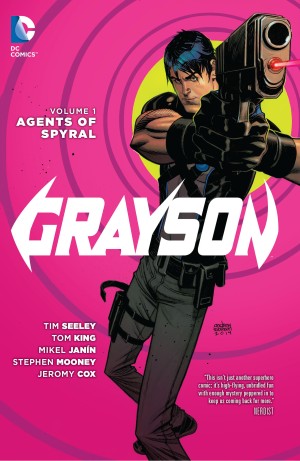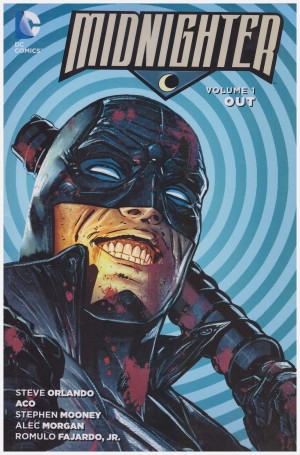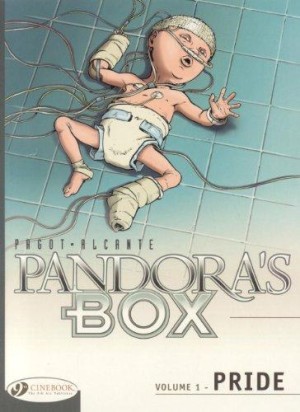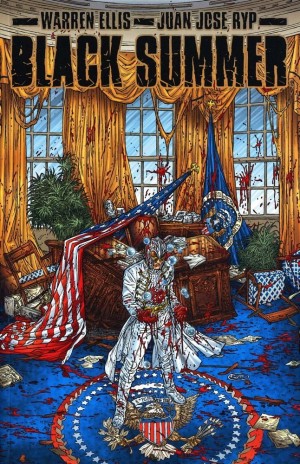Review by Karl Verhoven
Michael Cray, the special missions operative once known as Deathblow, is presumed dead, when in fact he’s a prisoner in an Afghan jail and tortured on a daily basis. Once rescued and debriefed he’s returned home to New York to a family he no longer recalls.
Two mysteries thread in parallel through the story. The first is whether or not Cray has been successfully turned and is now working for T.H.E.M., and the second is whether he’s actually talking to dog and a guy who mysteriously pops in and out of his presence and claims to have super powers. Is this real, or is Cray hallucinating? Some aspects feed into this paranoia, but don’t quite hold up when revealed. One concerns his children.
This very bleak satire of the worst forms of patriotism and what’s carried out in the name of it, is a fatally compromised graphic novel. One of the key ideas was first aired in We3, and any message about the lengths the US goes to in an elastic definition of ‘protection’ is sunk in a morass of graphically depicted violence lacking any purpose. It’s also padded, with scenes given a second run through to no greater effect.
The sections that work well are all subordinate, such as the neat visual gags and throwaway items. A general wears his medals on his bathrobe, and when first seen, the two red facial stripes that previously confirmed Deathblow’s visual identity drip in blood down a cell door. An abundance of clever wordplay bounces off the accompanying visuals, and the dialogue is sharp. “No son, ‘live’” a general informs Cray, “lived is past tense. Only the dead lived. That’s an important distinction.” There are many such homilies, and they strike a chord.
Carlos D’Anda’s shadow-drenched art evokes the downbeat mood of the story, although deteriorates sharply when for the middle chapters he merely provides the layouts and Henry Flint carries out the pencilling.
Six chapters might have produced a taut plot and said all that was required in a more cohesive manner, but the nine supplied here meander for too long.
